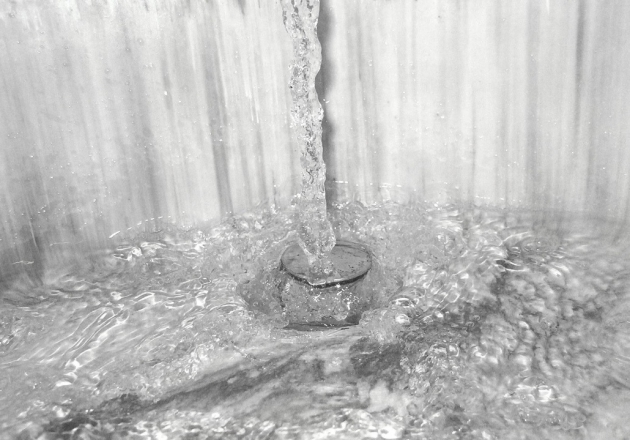Adding an ion exchange water softener to your home is the only practical and reliable way to remove the dissolved minerals that make the water hard. Hard water can cause a lot of problems in the home including the accumulation of scale in pipes.
This thick chalky substance can gradually narrow the pipes leading to a drop in water pressure. The scale can cover heating elements which increases the heating times and the energy bills. Water using appliances require more frequent repairs and they tend to wear out faster. In this article, we will take a closer look at soft water and its relationship with cleaner plumbing pipes.
The Problems with Hard Water
The elevated dissolved mineral continent in hard water is a real problem because the calcium and magnesium form limescale deposits inside pipes. This phenomenon is easy to observe with heating elements in kettles and coffee makers. As the scale grows thicker the water flow will slow and eventually, the water carrying lines will be clogged. Hard water also inhibits the performance of soap and it even interacts with other contaminants to form soap scum. This sticky material can be found at the core of many plumbing system clogs. When hard water enters the home it’s approximately 300 ppm (parts per million) which is a measurement of the grains of hardness. But, after passing through an ion exchange water softener, this drops to virtually 0 ppm.
How Does this Clean the Plumbing Pipes?
The most obvious way that soft water helps with plumbing pipe problems is that it doesn’t make them worse. When extra layers of scale and deposits of soap scum are added to the system, it only exacerbates the problems. But, water is an effective solvent and this is why the minerals it passes through are added to its makeup in the first place. So, when water is returned to its natural state, much like when it falls as rain, it will act in a similar manner. The soft water will act as a solvent on the layers of scale that are already inside the plumbing pipes to filter the minerals away. Depending on the thickness of the scale, this may take a long time. During this period, the switch to soft water will be less effective because the hard water minerals are loose in the soft water. It’s natural to have softened water at 10-15 ppm hardness for a while until the scale has gone.
Is This Guaranteed to Work?
Sadly, no. There are no guarantees in life and there are a number of factors that may affect this process. If the extent of the limescale is severe, it’s unlikely that it could be worn away in any time frame that would be satisfactory. The pipes may even be corroded by the scale and there could be pinhole leaks and breaks to fix. Repiping may be an option or if most of the pipes are in good shape it may be a better option to replace the most affected sections.
If you’re considering a water softener installation for your home, contact your local water treatment specialist.

